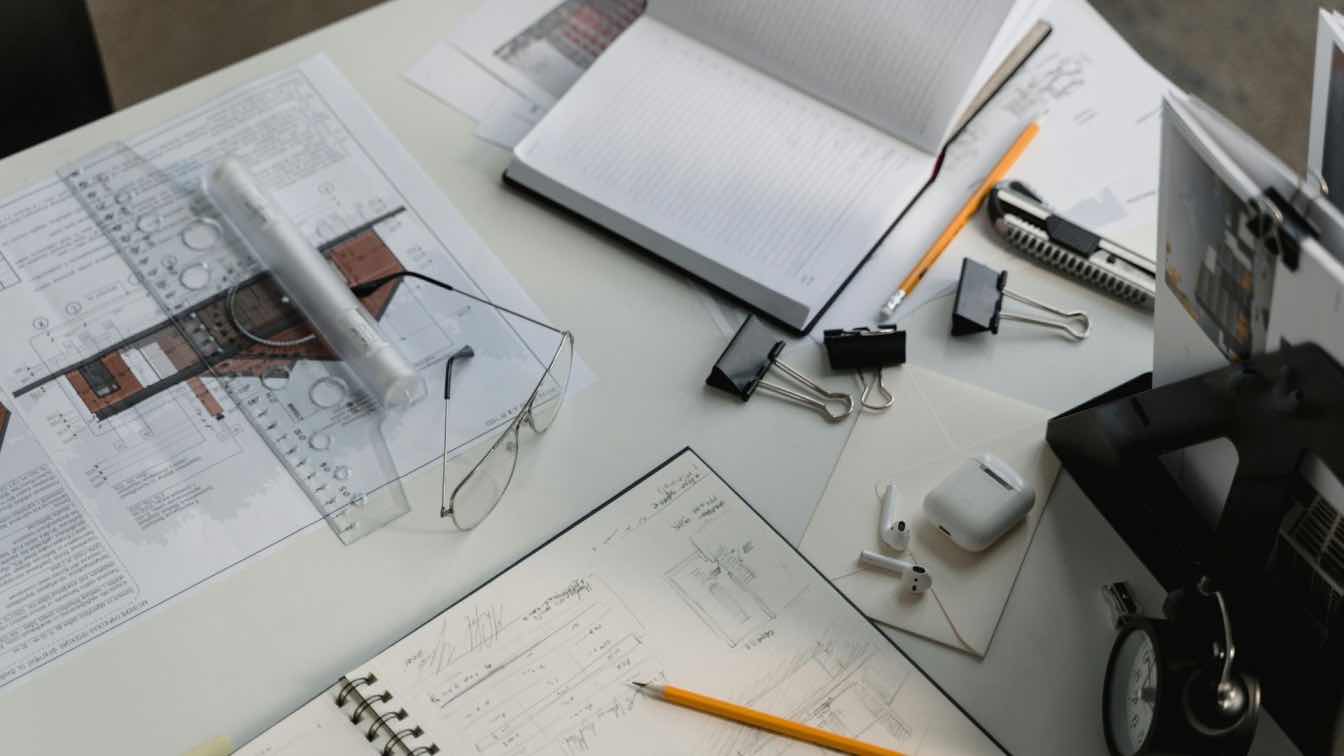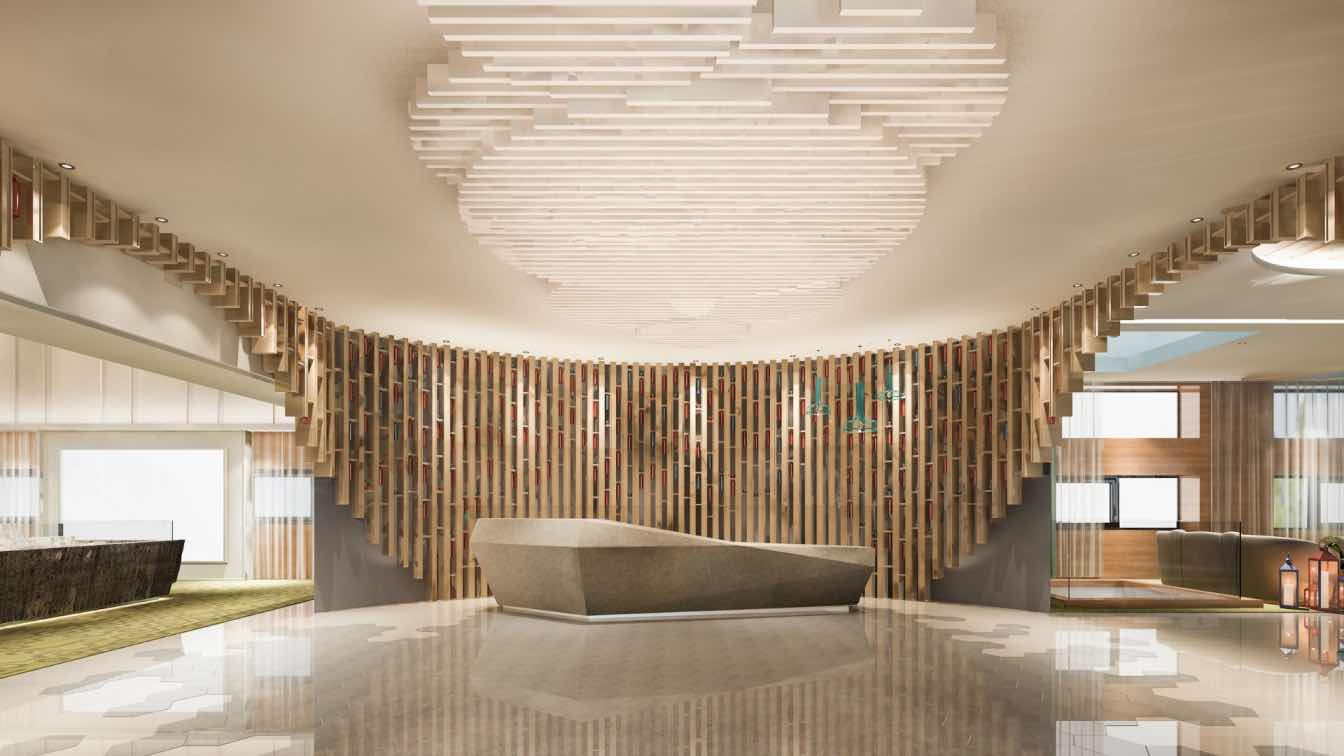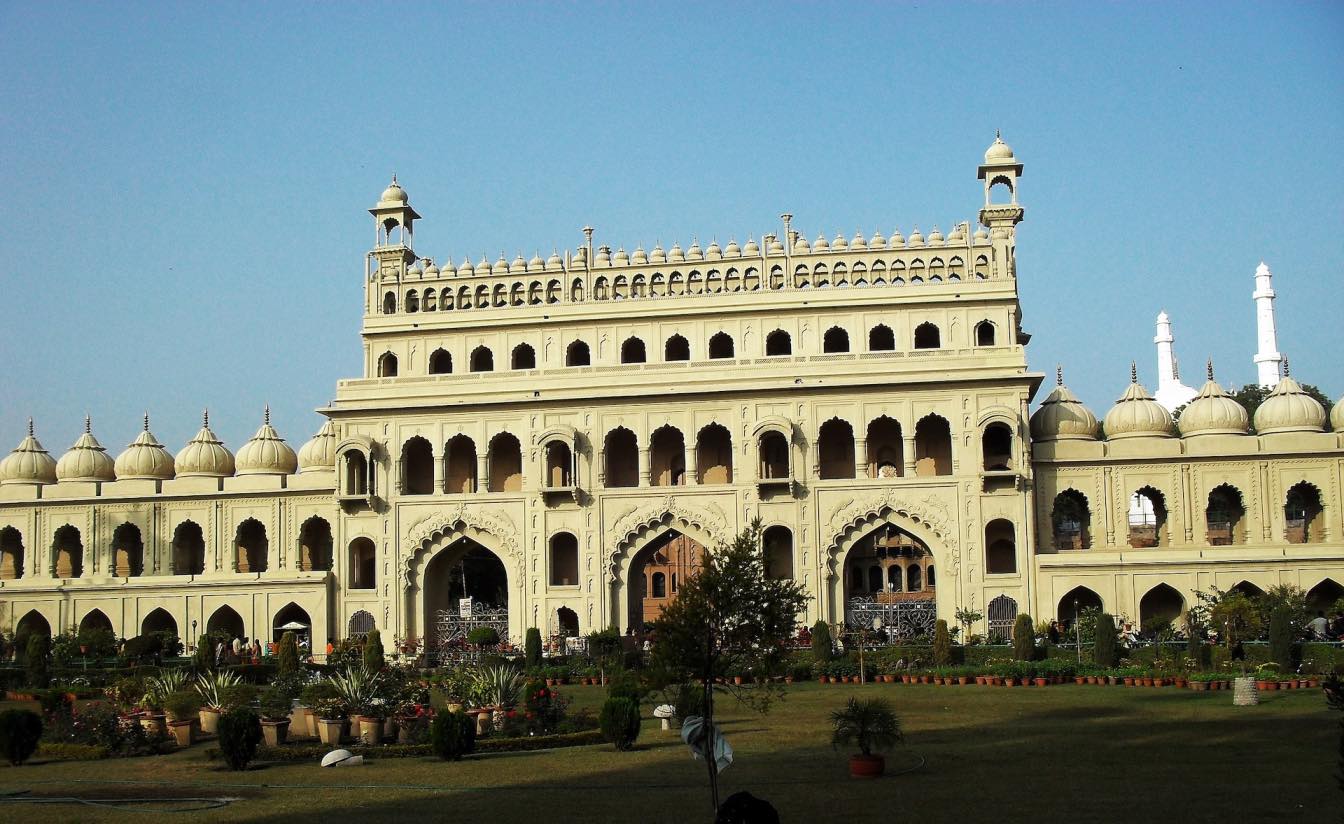The construction industry is undergoing significant transformations, especially regarding the integration of technology and sustainability. As building projects grow in scale and complexity, the importance of a robust electrical infrastructure becomes increasingly apparent. Electrical systems are important to ensuring a building's safety, efficiency, and longevity. Beyond traditional functions, modern electrical infrastructure must withstand environmental challenges while supporting advanced technologies and user demands. This emphasis on durability shapes design decisions, material choices, and construction methodologies, making it a critical topic of discussion in contemporary architecture and engineering.
The Importance of Electrical Infrastructure
Electrical infrastructure is a foundational element in any building project, powering key systems such as lighting, heating, ventilation, and air conditioning to support both comfort and functionality. A well-designed electrical system enhances energy efficiency, supports the integration of smart technologies, and allows for future upgrades as needs evolve. In high-traffic environments like commercial properties and residential complexes, durability becomes especially important, as installations are subjected to greater wear and environmental stress.
Choosing the right materials and components can significantly extend the lifespan of the system and improve safety. Companies like BUD Industries provide junction boxes that exemplify this commitment to durability, offering solutions that can withstand harsh conditions while maintaining their structural integrity. Investing in resilient infrastructure from the outset ensures long-term performance and reduces the risk of costly repairs.
Integrating Sustainability in Design
The push toward sustainability in construction greatly impacts electrical infrastructure design. The modern building project often incorporates energy-efficient systems designed to reduce energy consumption. This involves selecting energy-efficient lighting, HVAC systems, and appliances, which directly result in lower operational costs over time. Incorporating renewable energy sources, such as solar panels, requires a well-thought-out electrical design that maximizes these technologies’ potential while ensuring system compatibility and efficiency. A sustainable approach influences the materials selected for electrical installations.
Green certifications and eco-friendly materials are becoming the norm, pushing builders and architects to partner with suppliers committed to environmental stewardship. This trend enhances a building's ecological footprint and appeals to an increasingly aware consumer base that prioritizes sustainability. As such, the integration of durable electrical infrastructures directly contributes to the environmental goals set forth by modern building codes and regulations.
Safety and Compliance Considerations
Safety is paramount in building design, and electrical infrastructure plays a critical role in ensuring compliance with local, national, and international safety standards. Adhering to codes and regulations is important, as these guidelines protect both workers during construction and occupants after the building is completed. Regular inspections and updates to safety protocols ensure that electrical systems function as intended, minimizing risks of failure or accidents.
Implementing durable electrical systems enhances safety. Components well-suited for their environment, such as moisture-resistant junction boxes that prevent electrical failures caused by humidity, are important for maintaining safety standards. Builders must consider the specific challenges of each site, tailoring their electrical design to avoid potential hazards. Addressing safety proactively fosters trust with clients and promotes a culture of responsibility and adherence to best practices in all phases of a project.
Future-Proofing Electrical Systems
As technology advances, the need for future-proofed electrical systems becomes more prominent. Modern buildings must accommodate evolving technologies, which can include everything from advanced lighting controls to integrated communication systems. Engineers and architects must design infrastructure that can adapt to such changes without requiring significant overhauls or complete replacements. Flexibility is crucial in this respect, since modular systems allow for adaptations as new technologies emerge, promoting longevity and responsiveness.
Smart building technology enhances energy management and occupant experiences, leading to increased comfort and efficiencies. By prioritizing durability and adaptability, project teams lay the groundwork for buildings capable of adjusting to future demands without compromising existing capabilities.
Challenges in Electrical Infrastructure Design
While the benefits of durable electrical systems are clear, several challenges persist in their design and implementation. Budget constraints may limit the scope of electrical installations and affect material choices. Balancing the upfront costs with long-term benefits requires careful consideration and strategic planning.
The increasing complexity of systems can lead to difficulties during installation and maintenance. Training professionals to navigate these advanced systems is important to ensure proper installation and continued functionality. The success of modern electrical projects hinges on overcoming these hurdles while maintaining an unwavering commitment to quality and durability.
The Role of Collaboration in Successful Projects
Collaboration among various stakeholders is important for achieving success in electrical infrastructure design. Architects, engineers, electricians, and contractors must work in unison to align their visions and create a cohesive design. Open communication fosters an environment where all parties can address potential challenges and find suitable solutions.
Engaging suppliers who specialize in durable electrical components can provide insights into the latest technologies and materials. This collaboration enhances project outcomes and shapes innovative solutions that elevate the quality and performance of a building.
The integration of durable electrical infrastructure is critical to modern building design and construction. Recognizing the importance of safety, sustainability, technology, and collaboration enhances the effectiveness of a project. A focus on designing for durability intersects various aspects of building projects, leading to efficient, safe, and sustainable structures that serve communities well into the future.





